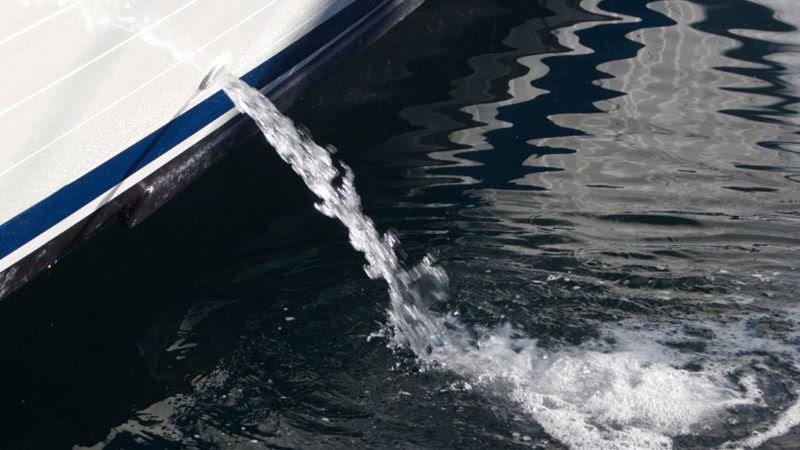
How to troubleshoot bilge pump issues
by Boat Accessories Australia 27 Jul 2019 06:08 PDT

A bilge pump running © Boat Accessories Australia
As far as many boaters would be concerned, at least one bilge pump is an integral part of any vessel (a feature that in most cases is also mandated by law). For larger boats with multiple hull compartments, several pumps may even be required.
The primary purpose of a bilge pump is simply to move water from the low-lying and tricky-to-reach spots inside your hull back to the outside of your boat. They are especially crucial in situations where a boat may be actively taking on water, but should never be mistaken as a work-around solution for a vessel with hull damage. Even a high-powered industrial style bilge pump should not be relied upon to keep a boat afloat.
Companies like Rule and Jabsco have established themselves as the market leaders when it comes to bilge pumps, and the quality of their products has resulted in exceptional performance and durability. However, hardware can (and will inevitably) fail. But before tossing your old pump overboard and potentially forking out hundreds of dollars for a new one, it's worth remembering that many bilge pump issues aren't really issues at all.
Why are bilge pumps returned to the retailer or manufacturer?
Generally, bilge pumps are returned for one of two very similar reasons:
- The pump has power but won't pump water, and switches itself on and off intermittently.
- The pump has power and water in the bilge, but the pump won't move the water.
Such symptoms could indeed signal a major issue, but the true cause is usually something quite trivial.
Check the bilge pump has been installed correctly
When installing a bilge pump, it's important that the outlet hose is always on a gradual incline without any kinks or dips. Unnecessary loops and sags can cause airlocks, which will prevent effective bilge pump performance. There's some cursory physics involved here, but this video below will better explain such a concept.
The use of a vented anti-siphon loop with a one-way valve in the outlet hose is also recommended to prevent the backflow of water. The loop should be mounted high enough to ensure that it's always above the heeled water line, although not so high as to create operational issues for the pump itself. Most new bilge pumps will come with a few different sized outlet fittings and elbows so you can achieve the optimum outlet hose route.
Check the bilge pump wiring
Another simple explanation for a faulty bilge pump is a shoddy wiring job. For the extra few minutes it takes to install a bilge pump (or anything, really) it's worthwhile making sure that your wiring is up to scratch. "Quick crimps" and unsealed wiring joins are prime real estate for moisture and corrosion, but a few strategically-placed dollops of Tef-Gel Corrosion Eliminator can work wonders.
Isobond tape is another brilliant product for producing clean, safe and reliable wire joins. It's self-bonding and perfect for fixing leaking hoses and waterproofing electrical components, even in extreme temperatures. Standard PVC electrical tape can work temporarily, but becomes a useless hazard when it comes to boats. Once the adhesive gives up the tape will fall away, exposing delicate wires to the rigours of the marine environment.
If preventative measures seem too little too late, corroded wires can often be cut back and cleaned to reinstate their former glory.
Check if your bilge pump is blocked
Most bilge pumps will come with a strainer to trap any foreign chunks before they can interfere with the impeller. This could be just about anything, but a recurring culprit seems to be little offcuts of marine carpet. As a general rule, if you think your pump is broken or not operating as it should be, first look for a fouled impeller or rubbish in the pump.
Read the installation manual
Finally, the most important piece of advice we can offer when it comes to bilge pumps is read the installation manual. These documents don't come with the box for the sake of bonus value, they contain important and relevant information that can be easily missed when flying blind.
If you have any questions regarding bilge pumps or you're not sure which one is right for you, contact our Customer Service team on 1300 308 161 or .